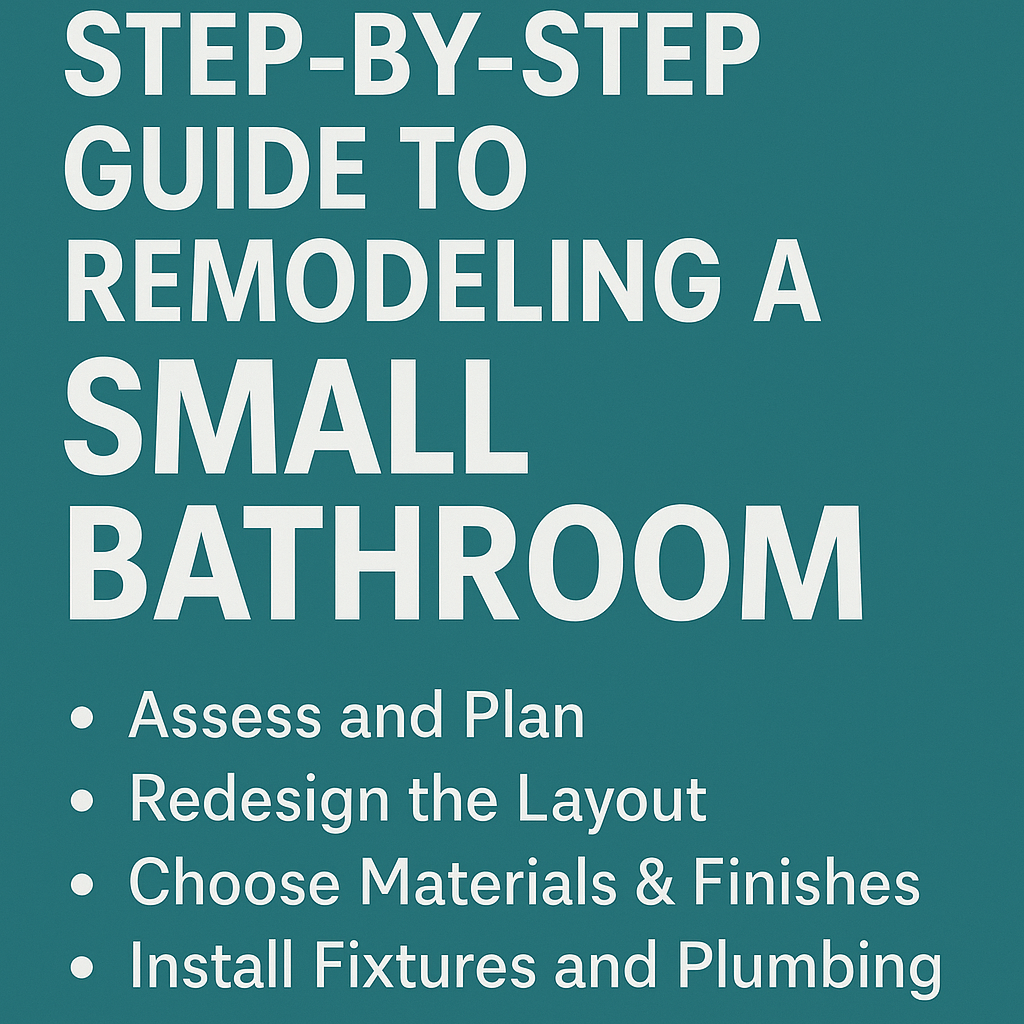How to Remove a Sink Stopper: Removing a sink stopper can be frustrating, but there are some simple steps to make it easier. Check out our favorite methods for removing a sink stopper:
- Lift and turn stoppers: twist counterclockwise to remove the knob and unscrew the post, then lift out the stopper.
- Push-pull stoppers: lift the stopper, hold the body firmly, twist counterclockwise, then unfasten the mounting post and remove the stopper.
- Flip-it stoppers: pull up with a wiggling motion to remove the stopper, clean it, and reinsert it.
- Flip-lever stoppers: set the lever to the open position, remove the rocker arm linkage, clean it, and reinsert it.
What is a Sink Stopper?
A sink stopper is a circular object that fits inside the sink’s drain hole to prevent liquid from flowing through it. It is used during construction or when the sink’s drainage system is not yet ready for use. Once the system is cleared, the stopper can be removed to allow the free flow of water.
What are the Types of Sink Stoppers?
Push-Pull
Push-pull stoppers have a design similar to twist and pull stoppers but operate differently. Instead of twisting to open and close, they require pushing down to close and pulling up to open. This design makes it easy to remove and clean the stopper mechanism in a push-pull bathroom sink drain stopper.
Twist and Pull Stopper Mechanism
The twist and pull stopper for bathtub drains feature a small knob located on the cap. This knob is used to twist and operate the stopper, allowing it to be opened and closed. Closing the stopper involves turning the top knob until it descends while opening it requires lifting and turning the knob in the opposite direction. Despite its simplicity, this stopper still provides an effective seal and is easy to use, much like the push-pull stopper.
Flip it Drain Stopper
The Flip-It drain stopper is renowned for its effortless installation process, which requires no tools. To install it, simply push it into the drain and operate the toggle lever located on its right to open and close it. The stopper features built-in O-rings that keep it securely in place, preventing water from draining. With its user-friendly design, the Flip-It drain stopper is an ideal choice for those who prefer easy-to-install fixtures.
Flip Lever Drain Stoppers
The flip lever drain stopper is one of two types that feature a lever on the overflow plate at the front of a bathtub. Unlike the other type, it does not have a visible pop-up sink stopper in the drain, only a strainer. The flip lever stopper uses a plunger in the tub overflow pipe to control the opening and closing of the drainpipe.
The plunger rod is connected to the flip lever by a connecting rod inside the overflow tube. When the flip lever is down, the plunger is lifted, and the drain is opened. Conversely, when the flip lever is up, the plunger is forced down, and the drain is closed.
Cleaning the flip lever drain stopper can be tricky as it must be removed by pulling it up through the overflow tube and out of the overflow plate. Compared to the other type of flip lever drain stopper, which uses a twist cover on the overflow plate to rotate left and right to lower and raise the plunger, the lever type is slightly more complex.
Removing Sink Stoppers: Step-by-Step Guide for Different Types
Essential Tools for Removing Sink Stoppers
Required Tools and Equipment for Removing Bathroom Sink Stoppers
When removing a bathroom sink stopper, you will need the following tools and equipment:
- Pliers, screwdrivers, or wrench:
- Depending on the stopper type, you may need a plier, wrench, or flathead screwdriver to loosen the pivot retaining nut.
- Plumber’s putty:
- This tool can be useful if you need to seal any part of your stopper sink.
- Flashlight:
- If you are working beneath the sink, a regular handheld flashlight can help you see what you are doing.
- Rubber gloves:
- To avoid touching the bathroom sink stopper with your bare hands, we recommend wearing rubber gloves.
- Brush:
- While not necessary for removing the stopper, you may still need a brush for cleaning it.
- Regular detergent and vinegar:
- Alongside the brush, a regular detergent or vinegar can be useful for cleaning the stopper.
- Bucket:
- In case the sink leaks after you unfasten the slip nut, a bucket will be useful.
- Hair clog removal tools:
- After removing the stopper, you might want to use a hair removal tool to pull out any hair and gunk that is blocking your sink.
- Drain cleaner liquid:
- Although not necessary for removing the stopper, you can use drain cleaner liquid to clean inside the drain flange after removing all the gunk.
- Hot water:
- Hot water can be used for finalizing the cleanup, although it is not necessary for removing the bathroom sink stopper.
Steps to Remove a Flip-Lever Stopper
Flip-lever stoppers are different from toe-touch stoppers, as they are controlled by a lever on the overflow plate or near the faucet. Here are the steps to remove a flip-lever stopper:
- Lift the stopper:
- Hold the stopper firmly with your hands and twist the knob counterclockwise to remove it. If the knob is hard to twist, use a pair of pliers to grip the stopper while twisting the cap with another pair.
- Unfasten the mounting post:
- After removing the cap, unfasten the mounting post counterclockwise to remove the stopper from the drain fitting.
- Remove hair and gunk:
- Clean any hair or gunk you see in the drain opening.
- Scrub the stopper:
- Use regular detergent and a brush to scrub the stopper and get rid of any gunk or hair.
- Polish the stopper:
- To polish the chrome surfaces of the stopper’s cap and body, use vinegar or a commercial chrome polish product.
- Finalize the cleanup:
- Pour some hot water to finalize the cleanup.
- Reassemble the stopper:
- Fasten the mounting post of the stopper back into the bottom drain fitting.
- Reattach the knurled knob on top of the stopper.
- Test the stopper:
- Test the stopper to ensure it is working correctly.
By following these easy steps, you can remove and clean a sink stopper effectively, leaving your sink looking clean and functioning correctly.
How to Remove a Twist and Pull Drain Stopper: Step-by-Step Guide
The twist-and-pull drain stopper, also known as the lift-and-turn stopper, is a variation of the push-pull stopper commonly found in bathroom sinks and bathtubs. Here is a step-by-step guide to remove and clean a twist and pull drain stopper:
- Open the stopper:
- Pull up on the knurled knob on top of the stopper and twist it until it is in the open position.
- Loosen the clevis screw:
- If you see a visible clevis screw on the knob, loosen it using a small screwdriver or an Allen wrench. If you cannot find the set screw, try twisting the whole drain stopper until a pin on the mounting post aligns with a release channel on the stopper. Then lift the stopper off the mounting post.
- Unscrew the mounting post:
- Unscrew the mounting post from the drain fitting using a screwdriver or pliers depending on the stopper’s style.
- Check the rubber seals:
- Check the rubber seals on the stopper and see if they are worn out. If they are, replace them first.
-
Clean the stopper:
- Scrub the soap scum or gunk from inside the drain opening using a small brush. If there are any hairs, pull them out.
- Use a scrub brush and regular detergent to scrub the stopper body and mounting post, removing any soap scum or visible hair in the process.
- Polish the stopper:
- Polish the visible chrome surfaces on the cap knob and stopper body using vinegar or a commercial chrome polish product.
- Reassemble the stopper:
- Reattach the mounting post to the bottom of the base of the drain fitting and place the stopper back onto the mounting post. Make sure to secure the clevis screw to anchor the stopper to the mounting post.
- Test the stopper:
- Test the stopper to ensure it is working correctly.
By following these simple steps, you can easily remove and clean a twist and pull drain stopper, leaving your sink or bathtub looking clean and functioning correctly.
How to Remove and Clean a Flip-It Drain Stopper: Step-by-Step Guide
Flip-it drain stoppers are popular in bathroom sinks due to their easy installation and use. Here is a step-by-step guide to removing and clean a flip-it drain stopper:
- Remove the stopper:
- With the flip-it drain stopper in the open position, hold the drain plug using your hand and pull upward with a wiggling movement to remove the stopper from the drain opening.
- Clean the stopper:
- Scrub the soap scum, gunk, and hair from the drain opening using an old brush.
- Use the detergent you prepared to scrub the body of the stopper and remove any soap scum and hair.
- Check the O-rings:
- Check the O-rings on the shaft of the sink stopper and see if there are any cracks. If you find any, replace them with new O-rings or get a new stopper entirely.
- Polish the stopper:
- Use vinegar or a commercial chrome polish product to polish the chrome areas on the stopper body.
- Reassemble the stopper:
- With the drain stopper toggle lever in the open position, put the shaft of the stopper in the drain opening and push down firmly until it snaps into position.
- Test the stopper:
- Test the sink stopper to ensure it is working correctly.
By following these simple steps, you can easily remove and clean a flip-it drain stopper, leaving your sink looking clean and functioning correctly.
How to Remove and Clean a Flip-Lever Drain Stopper: Step-by-Step Guide
Flip-lever drain stoppers, commonly found in bathtubs, operate through an articulated linkage arm that connects the stopper to a pivot arm moved by a flip lever mounted on the overflow opening. Here’s a step-by-step guide to removing and cleaning a flip-lever drain stopper:
- Set the sink stopper lever to the open position:
- Take note that in some cases, this may be a rotating dial.
- Remove the stopper:
- Slowly pull the sink stopper up from the drain opening, then pull the whole rocker arm linkage from the drain opening.
- If needed, wiggle the linkage arm to remove it completely.
- Clean the stopper:
- Clean any gunk, debris, soap scum, or tangled hairs off the rocker’s arm and pop-up stopper.
- Use vinegar to remove any lime buildup on the brass rocker arm.
- Polish the surfaces of the stopper body using vinegar.
- Reassemble the stopper:
- Slowly reinsert the rocker arm into the drain opening until the stopper fits well into the drain opening.
- Test the stopper:
- Test the flip-lever sink stopper to check if it’s working correctly.
By following these simple steps, you can easily remove and clean a flip-lever drain stopper, leaving your bathtub looking clean and functioning correctly.
Sink Stopper Cleaning and Usage: Frequently Asked Questions
If you’re unsure how to clean a sink stopper or why it’s necessary to remove it, read on for some commonly asked questions and answers:
- How do I clean a sink stopper?
- Determine the type of sink stopper you have and follow the steps for removing it.
- Scrub the stopper with a brush and use regular or liquid detergent while cleaning.
- Submerge the stopper in vinegar or a commercial cleaning agent for several minutes, then polish it by scrubbing it again.
- Why do we need to remove the sink stopper?
- Sink stoppers restrict the flow of water or liquids through the sink to the drainage or sanitary pipes.
- They’re placed in the sink when work is being done on the drainage or sanitary system, or when the sink is not ready to use.
- In which sinks are sink stoppers used?
- Sink stoppers can be used in every type of sink, including washroom sinks, kitchen sink drains, and dining room sinks.
- Sink stoppers are suitable for sinks of all sizes.
By knowing how to clean sink stoppers and why they need to be removed, you can keep your sinks functioning correctly and maintain a clean and hygienic environment in your home.
To choose the right sink stopper for your sink, consider the following factors:
- Size: Sink stoppers come in different sizes based on the type and size of the sink. Measure your sink’s drain hole and choose a stopper that fits securely to control the flow of liquid.
- Price: Good quality sink stoppers are available at an affordable price range of $5-$10. Don’t overspend on a stopper as it is a small and simple accessory.
- Material: Rubber sink stoppers are the best as they work effectively in controlling water flow and preventing any leakage. They are widely available and highly recommended.
How to properly remove a sink stopper:
- Look under the sink drain to locate the horizontal pivot rod that connects to the drainage pipe and the strap connected to the drain lever.
- Locate the small nut on the drainage pipe surrounded by the pivot rod and use a wrench to rotate it counterclockwise to loosen it.
- Once the nut is removed, pull out the pivot rod and ball from the drainage pipe. The end of the pivot rod is connected to an opening in the sink stopper, so it will detach it from the stopper.
- With the pivot rod and ball removed, the sink stopper is free from any connections in the drainage pipes, and you can remove it by simply using your fingers.
- Once you have removed the sink stopper, you can either clean it to reuse it or replace it with a new one. If the sink stopper is damaged or cannot hold back the flow of liquid properly, it is recommended to replace it with a new one.
Can I hire a professional to remove my sink stopper?
While removing a sink stopper can usually be done easily with the right tools and knowledge, some people may prefer to hire a professional plumber to ensure that the job is done correctly. If you feel uncomfortable or unsure about removing your sink stopper, it’s always a good idea to contact a plumbing service to handle the task for you. They have the necessary experience and tools to remove the sink stopper efficiently and safely, without causing any damage to your sink or plumbing system.
How much it costs to hire a plumbing service for installing the sink stopper?
As installing a sink stopper is generally considered to be an easy task, most plumbing services would charge around $50 to $100 for this service, depending on their location and the company’s pricing policy. However, prices may vary depending on the company and their level of expertise, so it’s always a good idea to compare prices from different providers.
Read Also: The Benefits and Challenges of High-Altitude Architecture || Tree Leaf Identification By Leaf And Size || What Are Vault Toilets?




